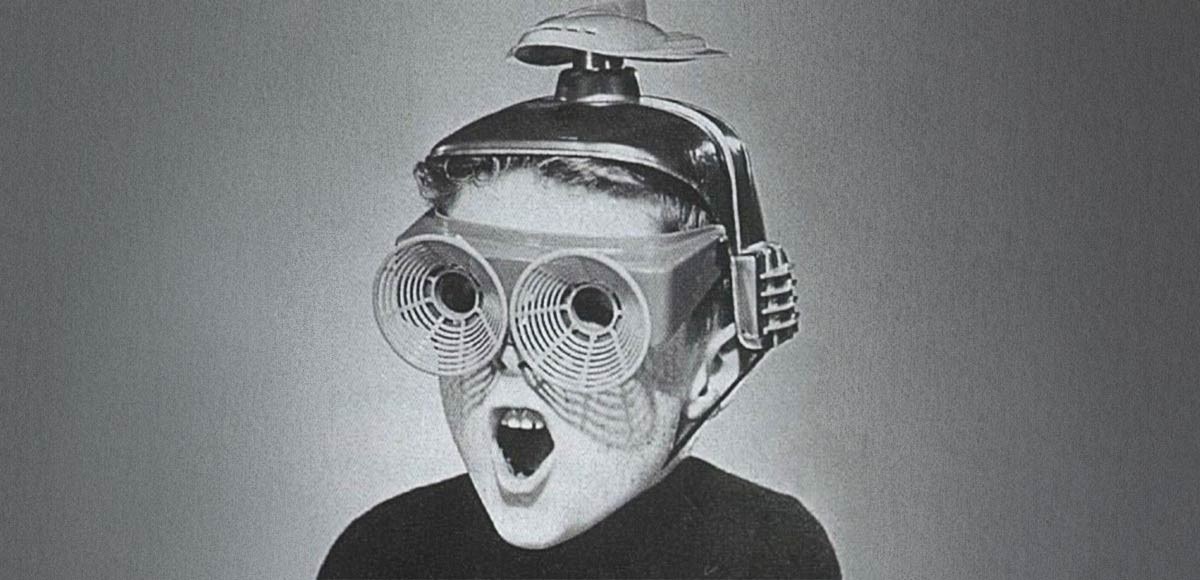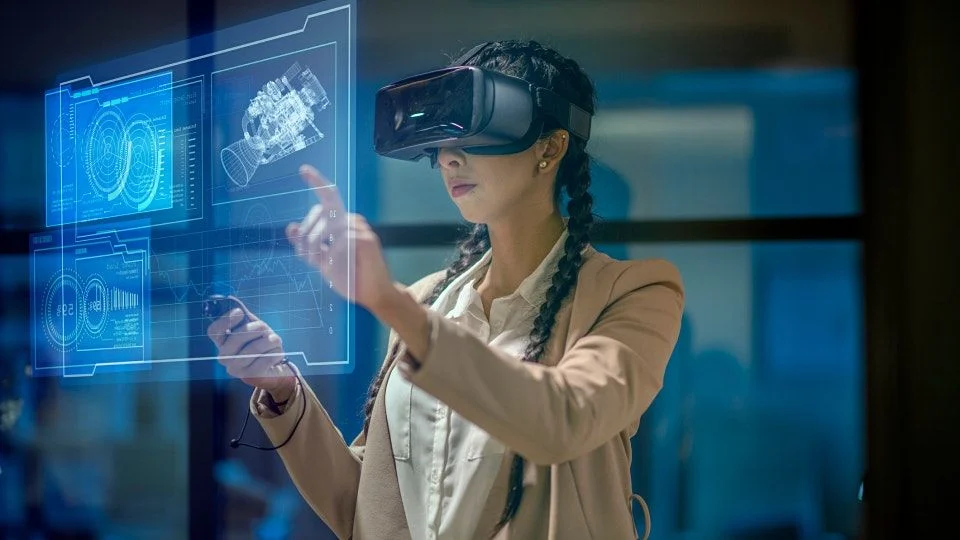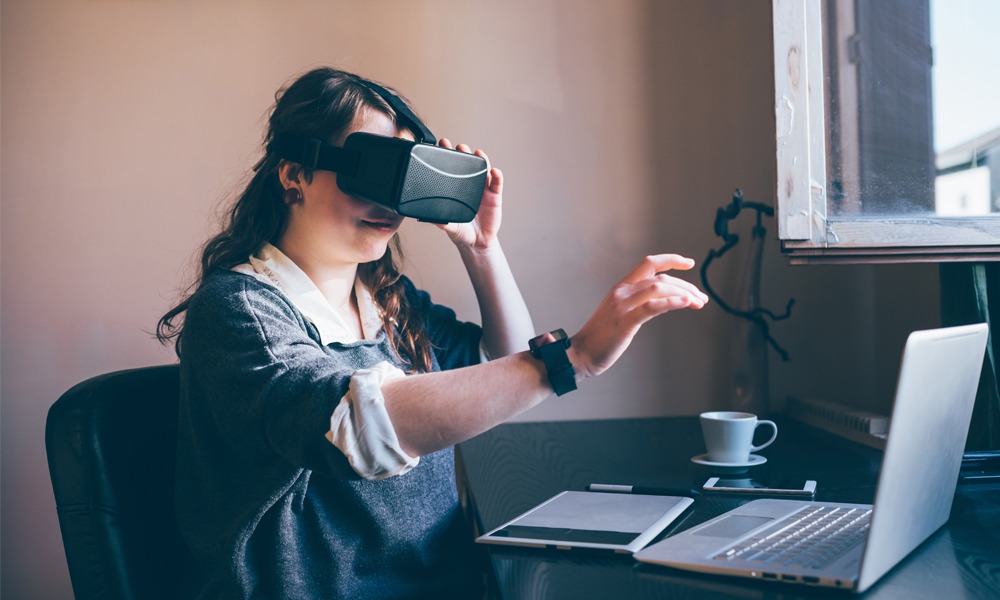
The History behind Virtual Reality
VR history has starting points that went before the time that the idea was authored and formalized. In this definitive history of virtual reality, we take a gander at how innovation has developed and how key trailblazers have cleared the way for virtual reality as far as we might be concerned today.
What is Virtual Reality?
The PC created a recreation of a three-dimensional picture or climate that can be cooperated with in a genuine or actual manner by an individual utilizing exceptional electronic gear, for example, a head protector with a screen inside or gloves fitted with sensors. There are a lot of meanings of VR today, which all pretty much cross over in key regions. At the point when we utilize “VR” presently, it explicitly alludes to PC-produced symbolism and equipment explicitly intended to carry those sights and vividly sounds to us.
Numerous definitions additionally specify that VR should be intelligent. This would separate it from things like 3D – motion pictures, 360-degree video and other comparative “look however don’t contact” media. The issue with this is that a lot of PC-created VR isn’t intuitive in any way, yet everybody believes it to be VR. While 360-degree video probably won’t be PC created, it’s practically indistinguishable from a pre-arranged non-intelligent CG VR experience.
When was VR originally developed?
Virtual reality innovation was created in 1957 by Morton Heilig. His interactive media gadget called the Sensorama is viewed as one of the earliest VR frameworks. In any case, the term ‘virtual reality was begotten a lot later in 1987 by specialist Jaron Lanier.
Early attempts at virtual reality:
- Panoramic paintings
The earliest endeavour at virtual reality is without a doubt the 360-degree paintings (or panoramic paintings) from the nineteenth hundred years. These paintings were planned to fill the watcher’s whole field of vision, causing them to feel present at some verifiable occasion or scene.
- Virtual reality in the 70s & 80s:
1978: Developed by MIT, the Aspen Movie Map utilized photos taken from a vehicle in Aspen, Colorado to give watchers what they called a “Substitute Travel” insight.
1982: The film Tron carried the idea of virtual reality to the majority. Equipped at gamers, the characters were drenched in a completely virtual climate that reenacted a computer game.
1986: Furness dealt with his Air Force recreation project through the 80s and in the end fostered the Visually Coupled Airborne Systems Simulator (VCASS). The framework gave pilots a virtual view that smoothed out the torrent of data they get each second.
- Virtual reality in the 90s & 00s:
1991: The Virtuality Group delivered a progression of games and arcade machines carrying VR to the overall population. Players would wear a couple of virtual reality goggles and play vivid games continuously.
1991: Sega endeavoured to bring a comparative gaming experience to homes with its control centre. The organization never delivered the Sega VR headset extra since engineers were hilariously concerned it was excessively sensible and clients would get injured.
1995: Nintendo Virtual Boy was sent off as the principal convenient control centre that could show three-dimensional illustrations.
2001: SAS solid shape was presented as the main PC-based cubic room. The SAS library in the long run prompted the Virtools VRPack.
2007: Google, with Immersive Media, declared Street View. The innovation was sent off with symbolism for five planned urban areas.
- Virtual Reality Today:
2016: Hundreds of organizations were creating virtual reality items. The majority of the headsets had dynamic binaural sound, yet the haptic points of interaction were all the while lacking.
2018: At the Facebook F8 Developer Conference, Oculus uncovered the Half Dome – a headset with a 140-degree field of vision.




